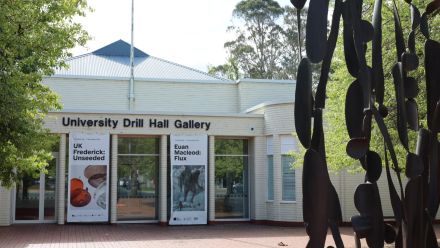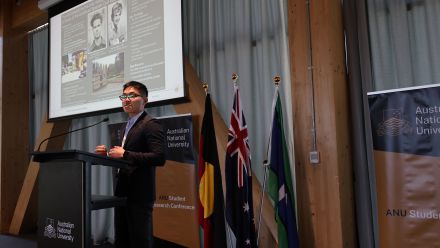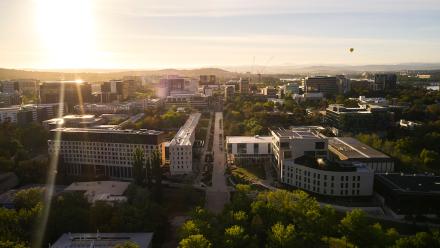The library's technology revolution
At that time - five years before Lake Burley Griffin was filled - librarians would catalogue books manually and computers were only found in science fiction books.
In the latest ANU Reporter, KATE PRESTT takes a look at a personal story behind the technological changes at the University libraries.
Stepping into a library at ANU in the 1950s would be quite different to what today's students see.
The use of online resources means students working on their assignment at 2am don't have to wait for the library to open but this was certainly not the case in 1959 when Cynthia James joined the then Canberra University College.
At that time - five years before Lake Burley Griffin was filled - librarians would catalogue books manually and computers were only found in science fiction books.
As head of the Science Division at the University Library, James had responsibility for the seven science libraries on campus and a science collection that numbered more than 250,000 volumes.
In 1982, James was featured in ANU Reporter ahead of her retirement.
She had worked on campus for more than 23 years and had helped implement many changes, including the major shift to online information retrieval services.
"The job had been a difficult but challenging one at a time when the University was building up its collection and facing problems of financial cutbacks," the article reported.
Miss James was enthusiastic about moving online but said it had made it increasingly more difficult to maintain their traditional role of providing a personalised service.
Today the ANU Library collection holds more than 2.5 million physical items and provides access to more than 63 million electronic resources, including full text journal articles.
Download our free ANU Reporter app to continue reading this article.
Each new edition will automatically download to your Newsstand.
Don't have a tablet or an Android phone?
Subscribe to receive the next print edition of ANU Reporter.


